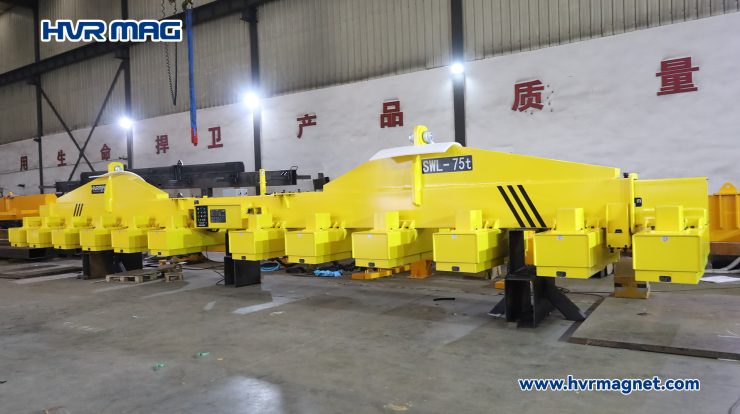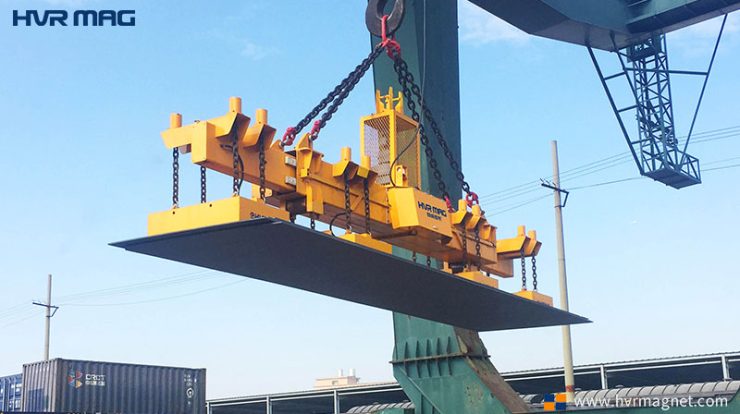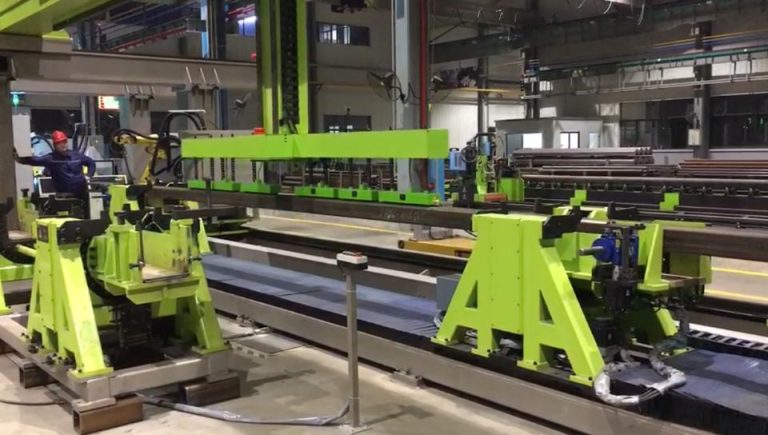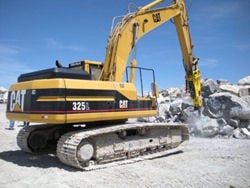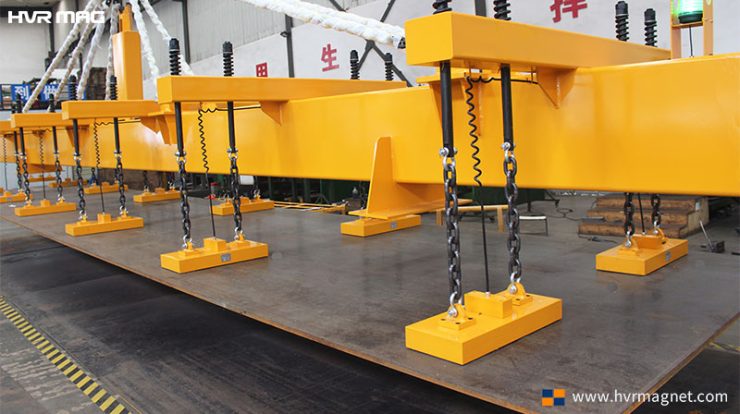What Is An Excavator?
An excavator is also called as digger. It’s a large piece of construction machinery that has a bucket, a cabin, a dipper or stick, and a boom. The excavator bucket is held and operated by an elbow that is attached to the arm. The cabin is supported by a wheeled or track-equipped undercarriage or frame. The majority of models have 360-degree rotation, and we can swap out the excavator bucket for a variety of attachments.
There were two basic types of excavators
- A hydraulic excavator uses hydraulic fluid, hydraulic cylinders, and hydraulic motors.
- Cable-operated excavators use winches and steel ropes to make the same movements.
The smallest excavators can fit through a doorway, and the largest excavator can weigh more than 90 Tons. Excavators are often used for construction, mining, material handling, landscaping, demolition, and river dredging.
What are the parts of an excavator?

Digging and grasping functions are provided by hydraulic cylinders, booms, arms, and attachments, and the excavator’s driver operates it with controls housed in a cabin that resembles a house. Wheels and a rotating platform give workers the mobility they need to lift and clear waste off the job site. Excavators are a common sight on construction sites due of their versatility.
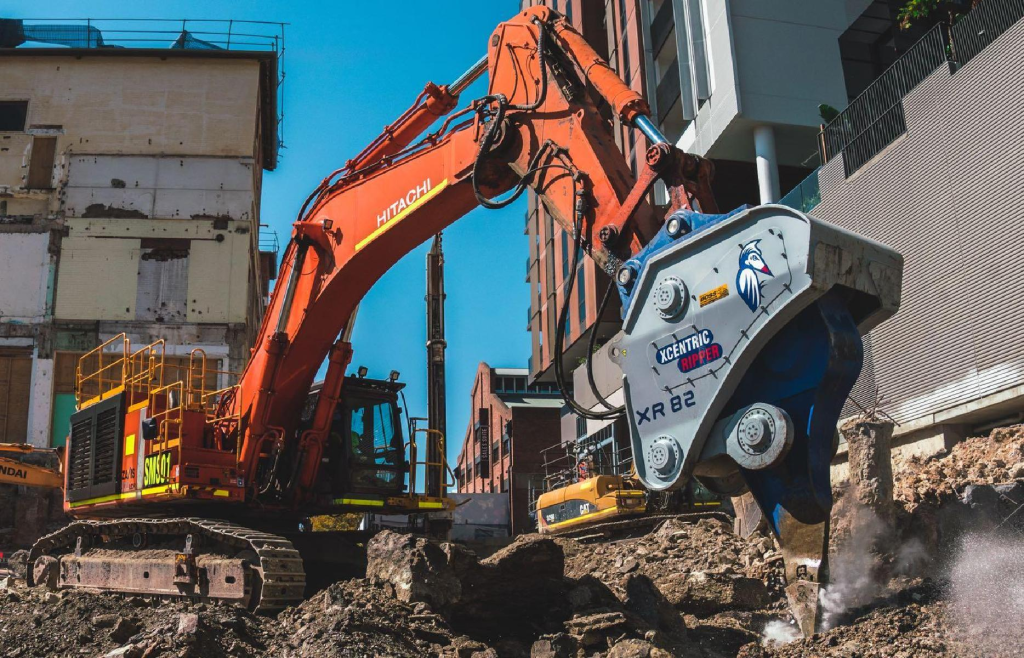
History of Excavators/when were excavators invented
The origins of the modern excavator can be traced back to the invention of the steam shovel in 1796 by Peter Grimshaw of Boulton & Watt. This early predecessor marked the beginning of the development of heavy construction equipment for earthmoving tasks.
For a significant portion of the 19th and early 20th centuries, cable-operated excavators were the predominant machines used for earthmoving and construction work. These cable-driven excavators relied on a system of cables and pulleys to operate the articulated arm and bucket.
Over time, however, the cable-operated excavators were gradually replaced by the hydraulic excavators that are commonly used today. The transition to hydraulic technology allowed for more precise control, improved efficiency, and increased maneuverability compared to the earlier cable-based systems.
This evolution from the steam-powered steam shovel to the cable-operated excavators and finally to the modern hydraulic excavators represents the steady advancement and refinement of construction machinery over the course of more than a century. Each step in this progression brought about improvements in power, versatility, and operational capabilities, ultimately leading to the excavators we recognize and utilize in various construction, mining, and earthmoving applications today.
The Otis Steam Shovel
The first mechanized steam shovel and mining excavator was the Otis steam shovel. It was invented by William S. Otis in England in 1835, and it was the first to use a mechanized boom and a single bucket to remove dry earth. It was a staple of the construction and mining industries until the late 19th century, and it was manufactured with updates until the 1930s. A model called the partial swing railroad shovel was mounted on rail tracks so that it couldn’t rotate 360 degrees like most other models.
Different Types of excavators
There are many different types of excavators available, including
- Dragline excavators,
- Long reach excavators
- Skid steer excavators
- Power shovels
- Steam shovels
- Suction excavators

